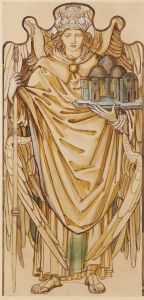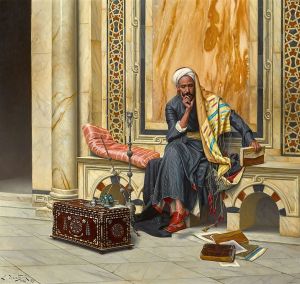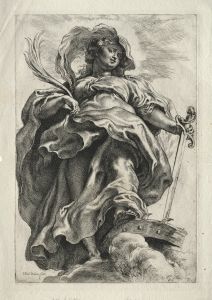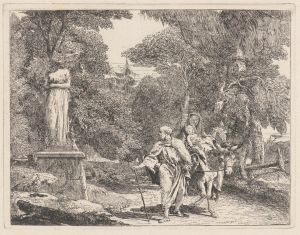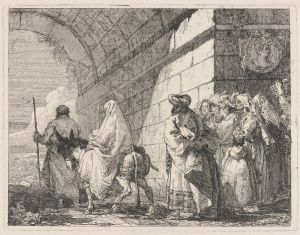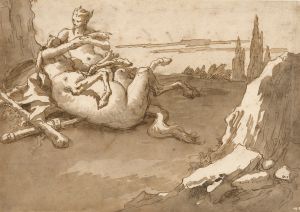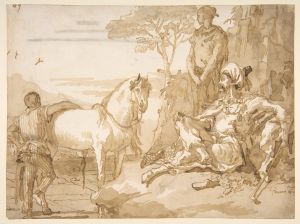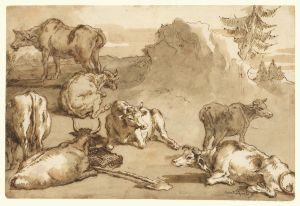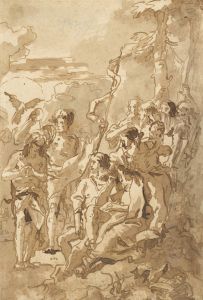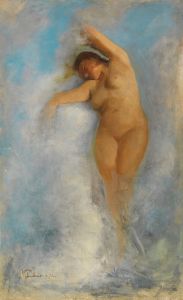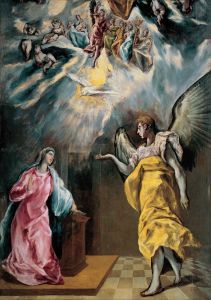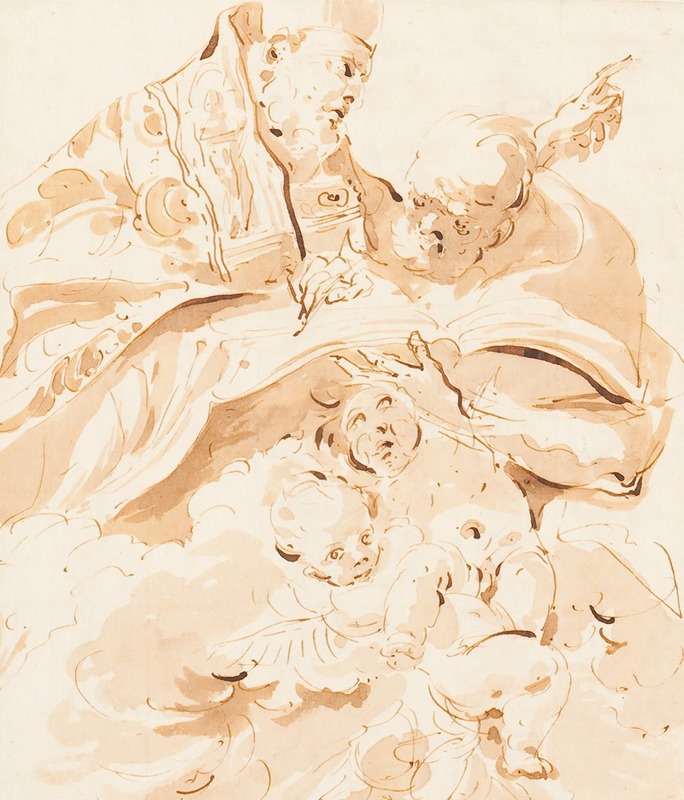
Papal Declaration
A hand-painted replica of Giovanni Domenico Tiepolo’s masterpiece Papal Declaration, meticulously crafted by professional artists to capture the true essence of the original. Each piece is created with museum-quality canvas and rare mineral pigments, carefully painted by experienced artists with delicate brushstrokes and rich, layered colors to perfectly recreate the texture of the original artwork. Unlike machine-printed reproductions, this hand-painted version brings the painting to life, infused with the artist’s emotions and skill in every stroke. Whether for personal collection or home decoration, it instantly elevates the artistic atmosphere of any space.
Giovanni Domenico Tiepolo, an Italian painter and printmaker, was a prominent figure in the 18th-century Venetian art scene. He was the son of the renowned artist Giovanni Battista Tiepolo and followed in his father's footsteps, contributing significantly to the Rococo movement. One of his notable works is "Papal Declaration," a painting that exemplifies his skill in composition and narrative.
"Papal Declaration" is a testament to Tiepolo's ability to capture complex religious and historical themes with clarity and elegance. The painting likely depicts a significant moment involving the papacy, characterized by the grandeur and ceremonial aspects typical of such events. Tiepolo's work often included religious and historical subjects, rendered with a sense of drama and movement, and "Papal Declaration" is no exception.
The composition of the painting is marked by Tiepolo's use of vibrant colors and dynamic figures, which guide the viewer's eye across the canvas. His mastery of light and shadow adds depth to the scene, enhancing the emotional impact of the depicted moment. Tiepolo's figures are often expressive, capturing a range of emotions that convey the gravity and solemnity of the papal declaration.
Giovanni Domenico Tiepolo was known for his ability to infuse his works with a sense of liveliness and immediacy, qualities that are evident in "Papal Declaration." His style was influenced by his father's dramatic flair and the Venetian tradition of rich color and fluid brushwork. Tiepolo's paintings often featured a blend of realism and idealism, creating scenes that were both believable and aspirational.
Throughout his career, Tiepolo worked on various commissions, including frescoes and altarpieces, for churches and palaces across Italy. His works were characterized by their narrative quality and the ability to convey complex stories through visual art. "Papal Declaration" fits within this tradition, offering a glimpse into the ceremonial and spiritual life of the Catholic Church during the 18th century.
Tiepolo's contribution to art extends beyond his paintings; he was also an accomplished printmaker. His etchings often explored similar themes to his paintings, showcasing his versatility and depth as an artist. The legacy of Giovanni Domenico Tiepolo is one of artistic excellence and a deep understanding of the cultural and religious contexts of his time.
While specific details about the exact historical event depicted in "Papal Declaration" may not be widely documented, the painting remains an important piece within Tiepolo's oeuvre. It reflects the artist's skill in capturing the essence of religious and historical narratives, making it a valuable work for both art historians and enthusiasts.
In summary, "Papal Declaration" by Giovanni Domenico Tiepolo is a significant work that highlights the artist's mastery of composition, color, and narrative. It stands as a representation of the Rococo style and offers insight into the religious and cultural milieu of 18th-century Venice. Tiepolo's ability to convey complex themes with clarity and emotion ensures that his work continues to be appreciated and studied in the context of art history.





